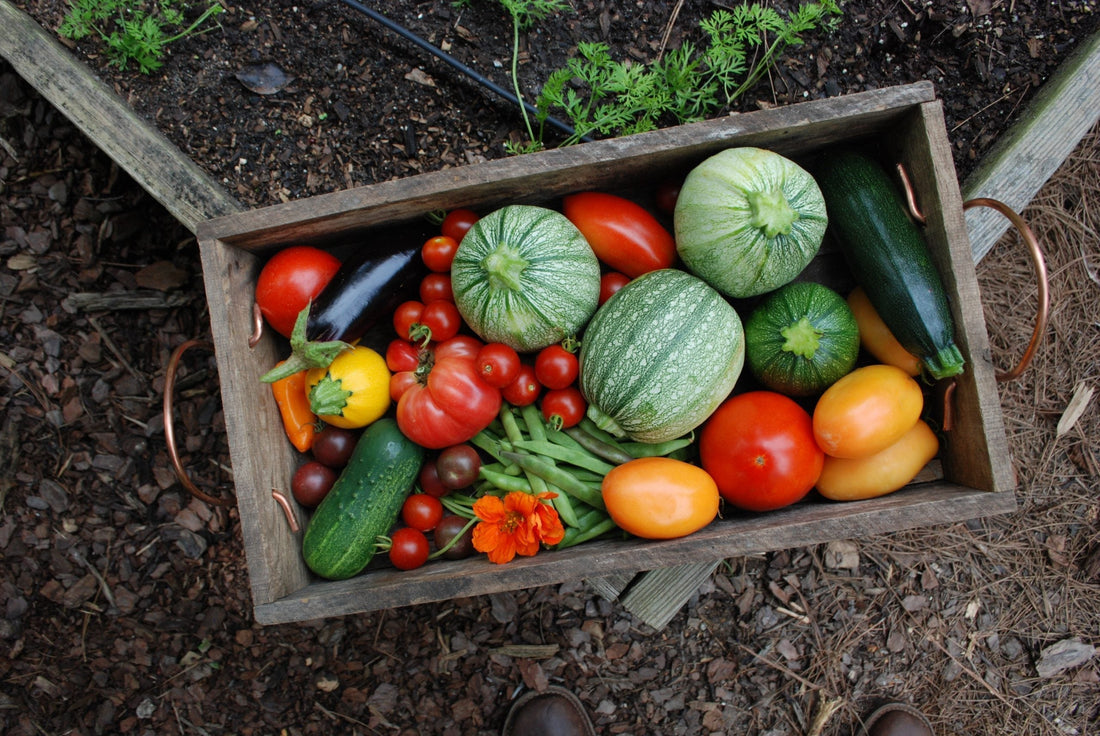Achieving Higher Yields with Coco Coir:
For gardeners, farmers, and horticulturists alike, the ultimate goal is to maximise plant health and yield. Achieving higher yields requires not only the right nutrients but also a growing medium that supports plant growth from root to leaf.
Coco coir, a natural by-product of coconut husks, has emerged as one of the best choices for growing plants due to its unique properties. We’ll explore how you can achieve higher yields using coco coir and why it has become a game-changer in modern gardening and agriculture.
How to Use Coir to Maximise Yield
When using coco coir in the UK, it is important to understand the potential risks of root rot and nutrient deficiency. The UK’s naturally cool and damp climate means excess moisture can linger in containers or seed trays, especially if coir is used on its own. While coco coir is excellent at holding water, it does not provide complete nutrition for plants.
To reduce the risk of water-logging and root rot, especially with moisture-sensitive plants such as succulents, herbs or young seedlings, it is essential to mix coir with materials that improve drainage, such as perlite, bark, pumice or coarse grit.
As coco coir is an inert medium, regular feeding with a suitable fertiliser is also required to support healthy growth.By ensuring proper drainage and consistent nutrition, your plants will thrive even in the UK’s unpredictable weather conditions.
1. Prepare Your Coir:
Coco coir often comes in compressed blocks that need to be hydrated before use. Add water and let the coir expand into a loose, airy growing medium. Once prepared, it’s ready to be mixed with other soil components or used on its own.
2. Combine Coir with Nutrients:
Since coir is an inert medium, it’s important to supplement it with the right nutrients. For higher yields, use a balanced fertilizer that provides nitrogen, phosphorus, and potassium (NPK). Depending on your plants’ needs, you may also want to add micronutrients like calcium and magnesium.
3. Monitor pH Levels:
While coco coir is naturally pH neutral, it’s important to monitor the pH of your water and fertilizer solutions to ensure optimal nutrient uptake. Keeping the pH between 5.5 and 6.5 is ideal for most plants when using coir as a growing medium.
4. Water Regularly but Avoid Overwatering:
Coir’s water-retentive properties are a major advantage, but it’s still important to monitor how much you water your plants. Regular watering is essential, but make sure the coir doesn’t become overly saturated, which could lead to poor root aeration.
5. Reuse Coir for Sustainability:
Another benefit of coir is that it can be reused multiple times, making it both economical and environmentally sustainable. After each growing season, rinse the coir to remove salt buildup and nutrient residues, and it’s ready for another round of planting.
How Coir Boosts Yield
1. For Home Gardeners:
For home gardeners, using coco coir can transform the results of their gardening efforts. From vegetables to flowers, the ability to retain moisture while providing excellent drainage makes coir ideal for boosting yields in both indoor and outdoor gardening setups.
2. In Greenhouses and Nurseries:
Professional growers often use coco coir in greenhouses and nurseries because it consistently produces higher yields compared to traditional soil-based growing. It’s especially effective in environments where controlled irrigation and fertilisation are used to maximise plant growth.
3. In Hydroponics:
Coco coir is increasingly used as a hydroponic growing medium due to its water retention and aeration properties. When used in hydroponic systems, coir provides a stable environment for plants to grow quickly and healthily, resulting in higher yields.
Conclusion
Coco coir is more than just an eco-friendly alternative to peat—it’s a highly effective medium for achieving higher yields in gardening and agriculture. With its excellent water retention, nutrient availability, and sustainable qualities, coir provides plants with the optimal environment to grow strong and healthy. Whether you’re using it for hydroponics, greenhouse cultivation, or home gardening, incorporating coco coir into your growing process can lead to more abundant harvests and healthier plants.
By choosing coir, you’re not only improving your yields but also making a positive impact on the environment—a win-win for both your plants and the planet!






